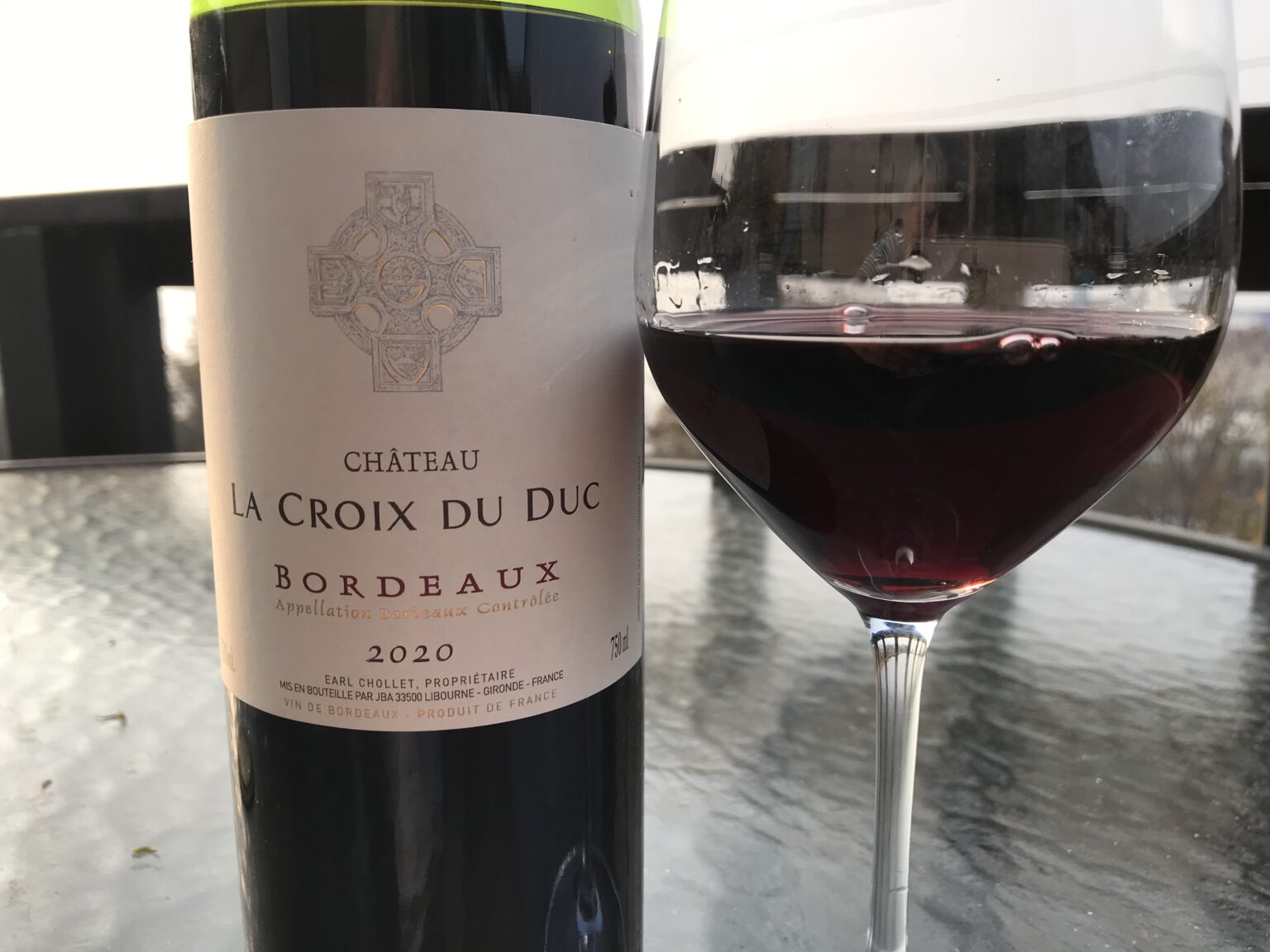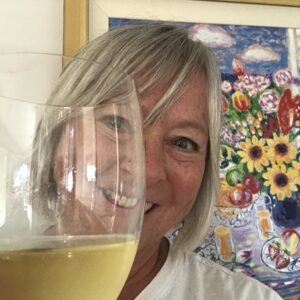A couple of weeks ago, I invited a friend over to help me decide on new carpet for my condo. This was a woman I had met when I owned my wine bar, so I was pretty sure the decision-making process would include wine.
Shortly before she was due to arrive, I realized I hadn’t bought wine in a few days and started to panic — until I saw a few bottles tucked away in the kitchen. You would think I’d utter a sigh of relief at my good fortune, but knowing I didn’t buy these bottles, and my beer-loving boyfriend did, only increased my anxiety.
“Oh, no!” I said to myself. “What if these wines are not up to my standards? He’s not fully trained yet! What if he embarrasses me by buying cooking wine?”
As I stood there cringing with doubt, there was a knock at the door.
After I greeted my friend, I asked, rather rhetorically, if she’d like a glass of wine. As I very confidently poured the wine that I knew nothing about — other than it was a Bordeaux rouge — I carried on in the conversation as if I didn’t have a care in the world, like I couldn’t possibly be less preoccupied by the wine I didn’t buy. For Pete’s sake, my reputation was on the line!
As she talked and talked without even glancing at her wine, I knew I needed to take control of the situation and take the first drink.
Son of a gun! It was really good.
Finally able to relax, I settled into the company of my dear friend while sharing a surprisingly delicious bottle of wine. And when my guy arrived home, I praised him for knowing how to live with a wine snob and even encouraged him to buy more wine.

The wines my boyfriend had purchased were all reds from Bordeaux, an appellation steeped in history and infamy — some of the world’s most sought-after and expensive wines come from Bordeaux. It is also a region that produces a lot of wine designed for everyday drinking, wine to enjoy for the sake of enjoyment. The only catch to Bordeaux is the label and deciphering what the heck you’re drinking. With all the flowing script fonts and an abundance of French words, it’s a wonder anyone buys these wines.
Despite the grape varietals allowed to produce Bordeaux rouge — merlot, cabernet sauvignon, cabernet franc, petit verdot and malbec — these wines are not big, extracted fruit-bombs. If you’re looking for a wine that is going to knock your socks off, this is not the red for you.
The beauty of this region is that it produces sublime wines that are sleek, elegant and refined — nothing is over-the-top. A signature characteristic of reds from Bordeaux is an elusive graphite element — it provides a cool, silky texture that glides over your tongue while slowly revealing complex layers of minerality. Hidden among those layers are often notes of cherry liqueur, dried figs and dates, as well as cocoa powder, plums and baking spice. Traditionally, most red wines from Bordeaux are aged in oak so you can expect some tannic cedar notes as well.
The most tannic of the three wines I tried was the 2016 Chateau Haut La Greniere Lussac Saint-Emilion ($19.99 at the Community Food Co-op). This blend of merlot and cabernet franc has firm tannins at first pour, but if left to sit for a while becomes softer and more approachable, with warm clove and dark cherry providing a long finish. And, because of the tannic structure of the Greniere, this red needs some food with fat — which will counteract the grippy tannins, allowing the wine to taste ripe and fruity.
While I did enjoy the above wine, I was most impressed by the other two because of the outrageous value they offer. I highly recommend the very affordable 2018 Chateau Cleyrac ($10.95, Food Co-op) and the 2020 Chateau La Croix Du Duc ($9.99, also at the Co-op). While not as muscular as the Greniere, both provided all that I love about Bordeaux rouge — soft and supple with aromas of violets and black currants, followed by subtle notes of graphite, cherry liqueur and a hint of clove-laced cedar.
I am still the head wine buyer in our home but have learned to accept that my boyfriend, whose training is going very well, likes the look on my face when he picks a winner. And believe me, he now knows better than to buy anything with Barefoot or Yellow Tail on the label.
Katie Bechkowiak owned Vinostrology wine bar in downtown Bellingham from 2013–19. If you have wine suggestions for her monthly column, contact vinostrology@gmail.com.





